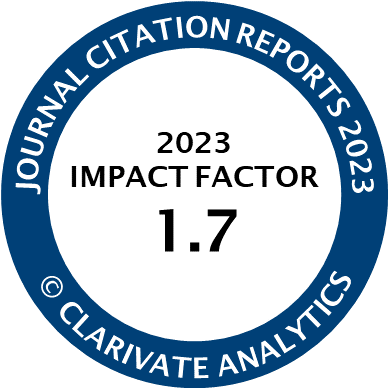Article | Open Access
Green Infrastructure and Biophilic Urbanism as Tools for Integrating Resource Efficient and Ecological Cities
| Views: | 17303 | | | Downloads: | 3861 |
Abstract: In recent decades, the concept of resource efficient cities has emerged as an urban planning paradigm that seeks to achieve sustainable urban environments. This focus is upon compact urban environments that optimise energy, water and waste systems to create cities that help solve climate change and other resource-based sustainability issues. In parallel, there has been a long-standing tradition of ecological approaches to the design of cities that can be traced from Howard, Geddes, McHarg and Lyle. Rather than resource efficiency, the ecological approach has focused upon the retention and repair of natural landscape features and the creation of green infrastructure (GI) to manage urban water, soil and plants in a more ecologically sensitive way. There is some conflict with the resource efficient cities and ecological cities paradigms, as one is pro-density, while the other is anti-density. This article focusses upon how to integrate the two paradigms through new biophilic urbanism (BU) tools that allow the integration of nature into dense urban areas, to supplement more traditional GI tools in less dense areas. We suggest that the theory of urban fabrics can aid with regard to which tools to use where, for the integration of GI and BU into different parts of the city to achieve both resource efficient and ecological outcomes, that optimise energy water and waste systems, and increase urban nature.
Keywords: biophilic urbanism; ecological cities; green infrastructure; resource efficient cities; urban fabric theory; urban planning
Published:
© Giles Thomson, Peter Newman. This is an open access article distributed under the terms of the Creative Commons Attribution 4.0 license (http://creativecommons.org/licenses/by/4.0), which permits any use, distribution, and reproduction of the work without further permission provided the original author(s) and source are credited.




